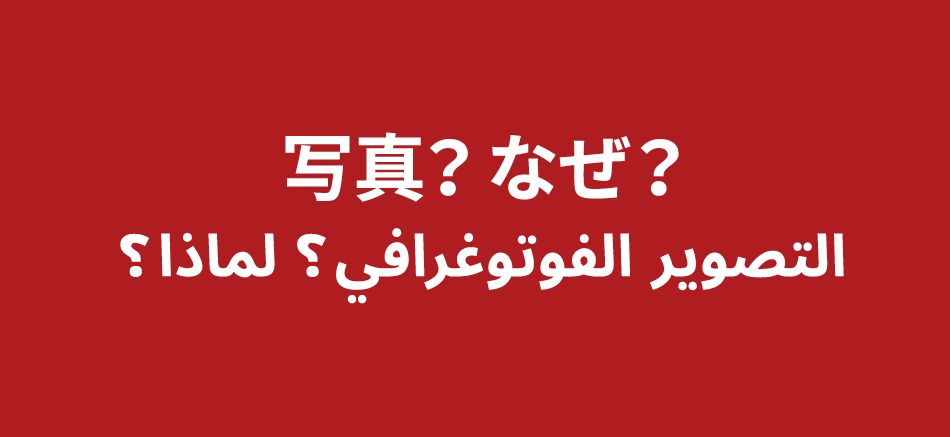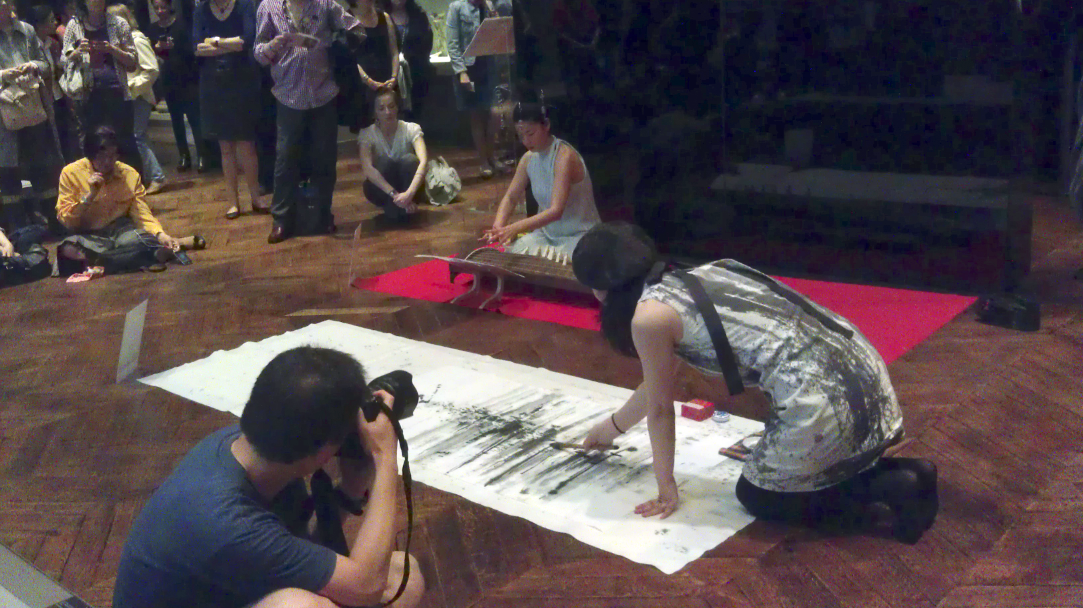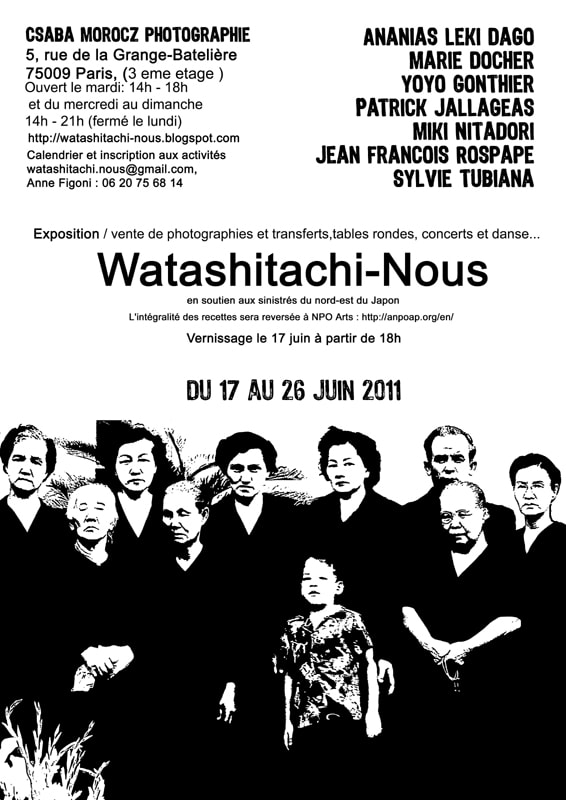Organization and Curation (2011-)
As an artist, we are often our own curators. We create and organize our work to present it to the public.
For me, curation is a part of my creation as working with communities or making objects including photography. Curation resembles the act of photographing, meeting another, and exploring the other person. The difference between curation and photography, in photography, we meet the person in a space for a moment. We enter into the world of the other person to be united. In between us is a camera, an object that separates us physically, yet this object is a tool to connect us in a frame. The balance of the relationship in photography between the subject and the photographer is very delicate. As the subject, one needs to trust the photographer. This trust can be respected or not. The photographer still has the key to the power balance. Ultimately, the photograph becomes an image based upon the present shared moment "cooked" in the flavor of the person behind the camera.
In curation, Observing the created work, reading the available materials, and thinking and writing to meet the other person is a longer process. The gaining knowledge of artists work is the foundation of work. In some ways, the relationship isn't dialog; it is the stance of a listener. It is not about meeting for a moment. It is about the discovery of the other person in much less spontaneous ways; as photography, we take different distances of the point of view, yet it is much more objective with a point of view constructed. It is an act that is much more about deliberately retracting oneself in the same space, being away from the other person physically, and thinking about the other and what they do to learn and attempt to understand. In this way, the curator becomes "the cook" yet fully incorporates the "ingredients" of the artists and photographer. After the food is cooked, the curator returns to work on the presentation for the public with the artists.
I began to organize and curate for personal necessity.
In 2011, when Japan experienced the Tohoku earthquake, I needed to participate in supporting the community where I was born. It was something very intuitive. It was a way to be connected not only to the present, yet it was also a way for me to feel connected to the 15th generation of people who were before me and to be able to link these people to my children. My value for Japan is not about the nation. It is about the connection, as a human being born in this life cycle and being able to pass the baton to the next generation.
As a curator, there is a love for creation and fascination with what we see. Curiosity stimulates knowledge of why the artist created these works and what drove them to desire to share their work with the world. Meeting artists is also an essential part of the process. As I like stories, I am interested in the flow of artists' different series. I want to observe other series to see what leads from one series to another to get the larger picture of trajectories. How can we bridge the works of artists to the public? As a curator, the construction of the presentation becomes the essential part. How to put value in each artist's work by respecting and enhancing their vision? How can the public perceive the work most smoothly, considering differences in cultures and backgrounds to the public?




